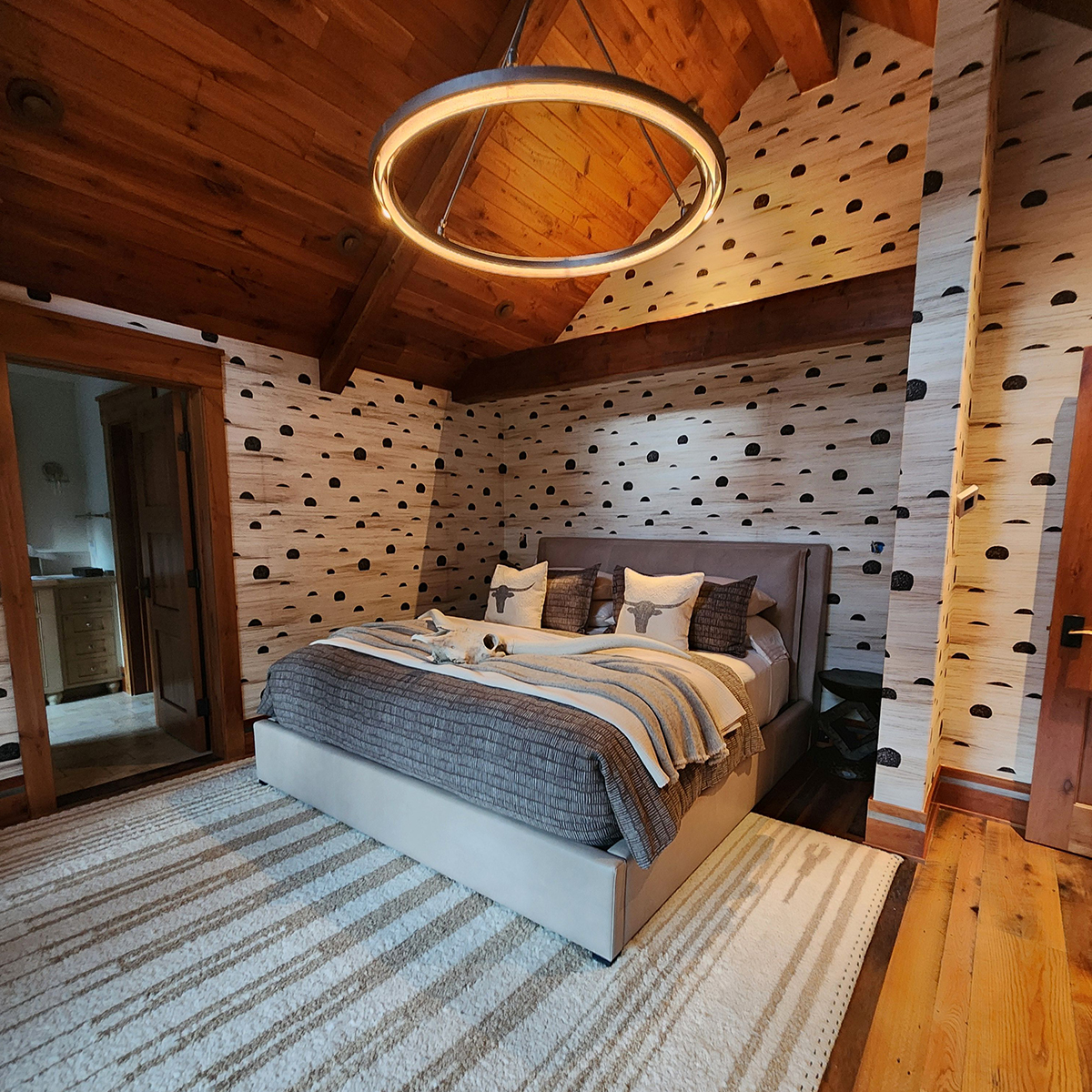Cecil Conner, A Legend
By Matt Tredway
Summers found me riding for the Green Ranch in Steamboat Springs. I helped look after their cows and kept a few of my own with them. After a time, I heard of an old rawhide braider named Cecil Conner who lived in Phippsburg, a small community in South Routt. On a whim, I called. During our brief phone conversation, I asked where he lived. Cecil replied in a spry, western drawl, “Aww … tell you what, just drive to the post office and ask them. … It’s hard to explain.”
Cecil was from the old school. When he opened the door, I was greeted by a kind, weathered face, wearing wireframe glasses that looked out from under the brim of his cowboy hat. He was about 5-foot-6 and probably didn’t weigh 130 pounds. Although he was hunched from years of work, he had a handshake like a vice. I knew I had a new best friend.
The following summer, outfitted with a new saddle, he started riding with me at the Green Ranch once a week. He was amazingly agile on horseback, and when I mentioned as much, he nonchalantly stated that at one point in his life, “l could ride anything that wore hair.”
Over the winter, we spent a few days together, during which Cecil taught me to braid and spin horsehair ropes. We made our own rawhide from deer and elk hide that we dumped in a barrel with lye and water out back. Some of the best gear l have includes his braided rawhide.
In subsequent years, I spent a lot of time with Cecil, piecing together the stories of his life. Born in the Craig area, he left home at 12 years old to work on a remote ranch around Maybell, Colorado. While he was at the ranch, he worked with two other neighbors, tending cattle and haying. When one of them found out that the other had come calling on his wife when he was away, he decided he was going to kill his friend. Cecil’s boss caught wind of the situation and sent Cecil to steal the husband’s gun so there would be no weapon to kill with. Cecil complied. He brought the rifle back to the ranch and held it out to his boss. Happy that Cecil had prevented this potential disaster, his boss told him to keep it. A confused, slightly guilty boy hid the gun in the bunkhouse.
A few years later, Cecil moved on and took the gun with him. Still feeling a little guilty, he took a file to the serial numbers engraved on the barrel and began carrying it in an off-side scabbard, stalk up, through his rope coils as he rode. When stranded on horseback in a storm for a couple days in the northwest corner of Colorado, he used the gun to kill a rabbit that he swears saved his life.
Another time, an early storm hit west of Craig. Cecil stayed on his horse for three days straight, gathering cattle and heading them back to the ranch. Exhausted mid-storm, he ran across another desolate ranch. He unsaddled and dropped his rig where he stood in the stackyard. He closed the gate on his horse and went to the house. The owners fed him and allowed him to sleep for a couple days. When he was saddling up, ready to leave, he noticed the rifle was damaged. His horse had stepped on it and broken the stock. Cecil took the parts, and later that spring, he repaired the stock with a few well-placed copper rivets and some glue.
On occasion my friend, Winston Walker, and I would drive out, gather up Cecil, and take him to dinner at the Old West Steakhouse. Don Silva, owner of the restaurant, never let him pay for a meal. A steak and a beer, and Cecil began to open up about his life. A small crowd would inevitably form, including Don and a waitress. One of his regular stories involved hunting wild horses. Cecil and a partner would take a month off from feeding cows in winter and catch wild horses. There were (and still are) herds of feral horses in Northwest Colorado. In Sandwash Basin on Vermillion Creek, Cecil would load a packhorse with supplies and some camping gear, bring an extra saddle horse, and ride till they spotted the wild horses. When he was young, he would charge the herd and rope one out. This was tough on everyone involved, and often, the wild horses, the saddle horses, or the cowboy would sustain serious injury. The men used a different strategy after a few mishaps. Once the herd was located, one of the two would get in behind them and follow. The herd would initially bolt but eventually slow down to a trot.
Cecil would follow in a 12-hour shift, then ride back to camp and wake his partner. His partner would then take the next 12 hours. They would often have to fight off the stud that ran the band. All the time they were in pursuit, they would keep the wild horses off the water to weaken their resolve. After a few shifts, the wild horses were played out and catching them was easy. They would put the horses in a holding pen and halter-break them. A month later, Cecil could easily lead them to the train for sale. He made great money that way until the horse market crashed.
“People on farms down South loved those horses for work.” Cecil explained, “Then, in the 1940s, Ford came out with an economical tractor, and the value of these wild horses went to zero.” When he told stories, Cecil’s eyes would twinkle, his body would relax and he would smile in the pauses as he was remembering. He grew 40 years younger.
The last time Cecil and I rode together, we gathered cattle in a steep pasture on Trout Creek. It took five hours to get the cattle into a bunch and then another hour to keep them out of the willows. Finally, we had them penned back at the barn. This 88-year-old cowboy dismounted and went straight down, like that dismounted leg was melting under him. He couldn’t get up. Panicked, I got him to his feet and sat him in the shade by the barn. He insisted he was okay; he just needed a little rest. l unsaddled his horse and turned the horse out before I drove my truck over and assisted Cecil into the passenger seat. “I’ll remember this day,” Cecil said. He was flushed and weak and probably should have gone to the hospital, but under all that, he was happy.
In my collection is that rifle with filed-down serial numbers and a broken stock. I asked him to write that history, and he did it in his distinctive cursive. He included a disclaimer on the write-up that it was fiction. When I asked him about that, he said he didn’t want to admit to the story outright as he was still worried about being arrested for theft.




